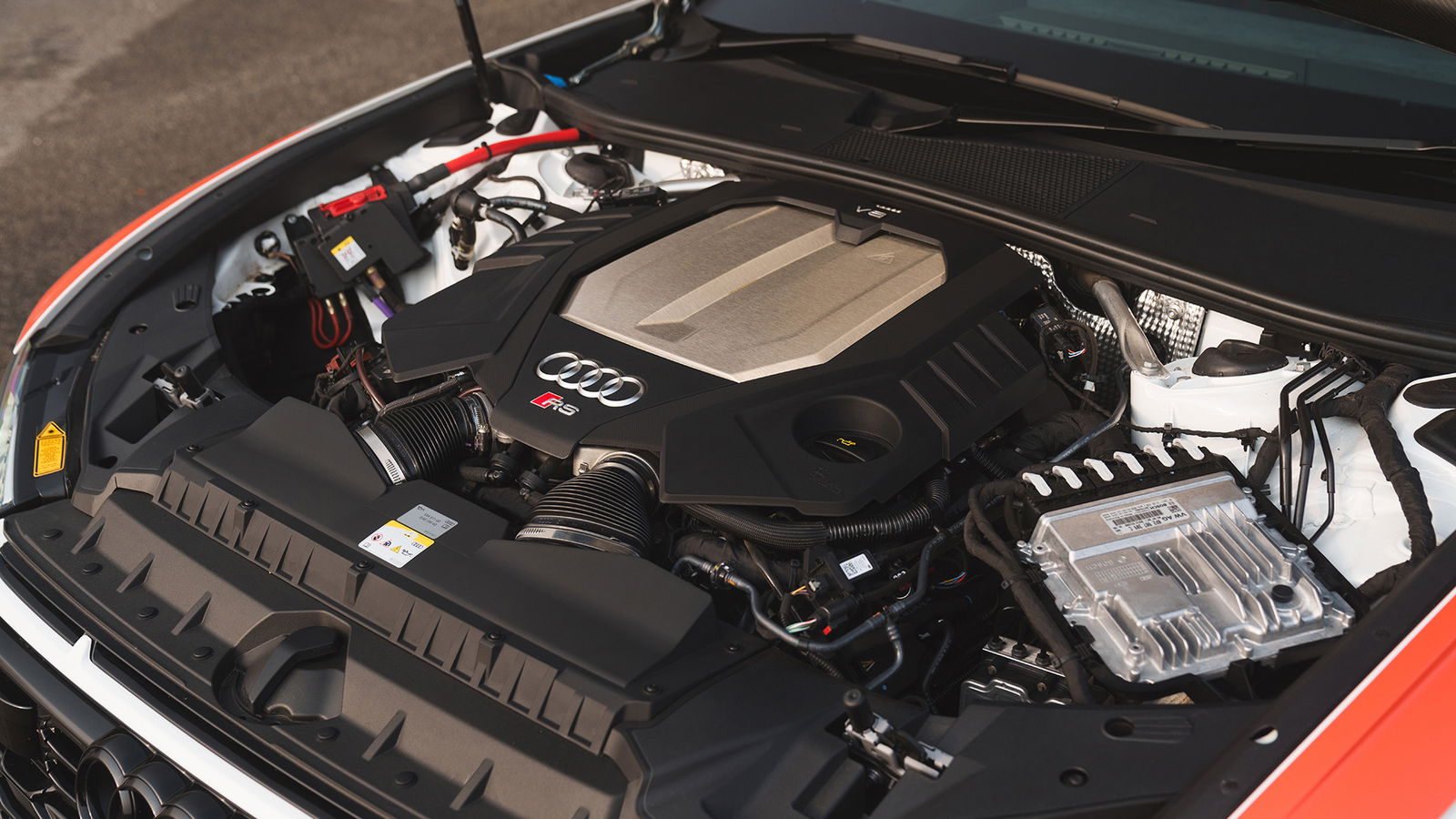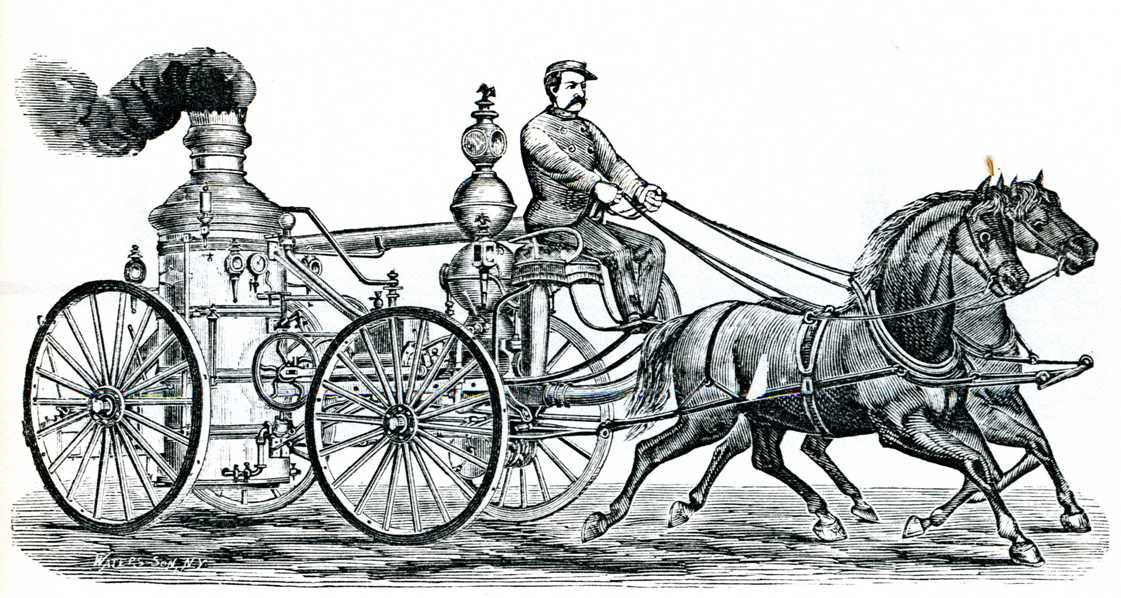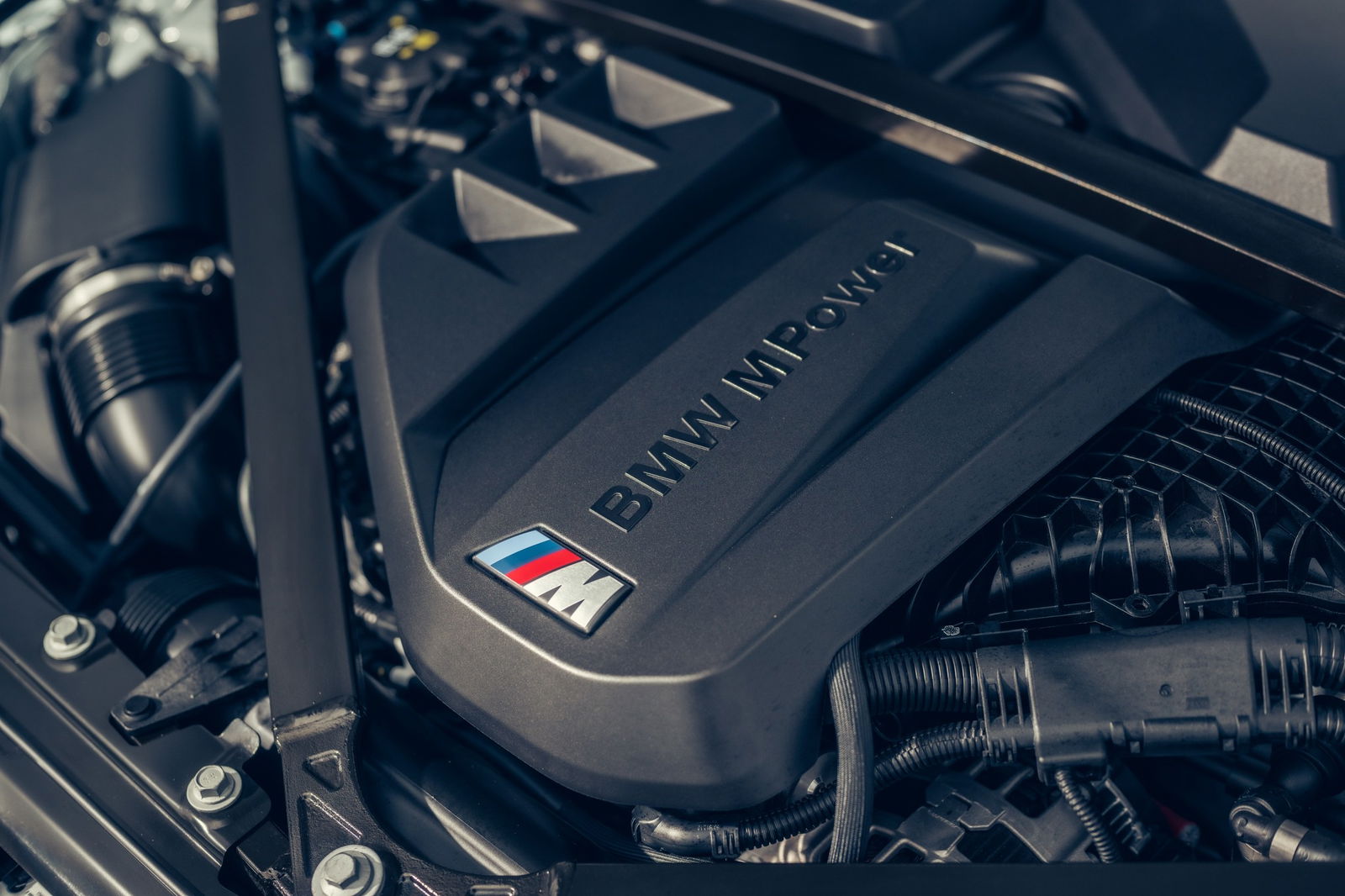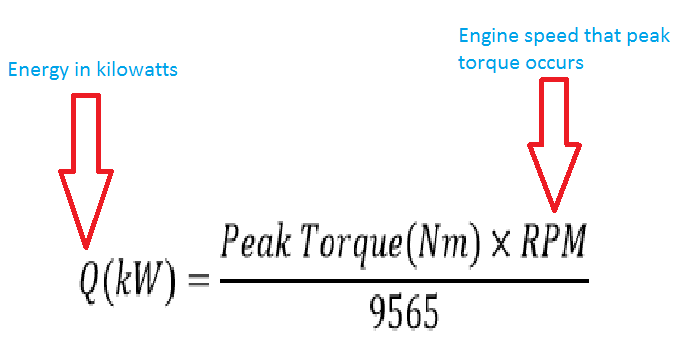What's The Difference Between BHP, HP, PS and kW?

If you’ve ever spent any time reading car reviews, checking through brochures, watching Top Gear, playing Gran Turismo… or really doing anything with cars, you know there are several different ways of measuring a car’s power.
Usually, these are one of four – bhp, hp, kW or ps. None of them is a wrong way to measure a car’s power, instead, the one you’ll see will usually simply come down to either a country of origin, a style guide of a publication or the type of powertrain a car uses.
Ever wondered what the difference between them is? We’ve broken down each measurement.
Brake horsepower (bhp) and horsepower (hp)

Brake horsepower is the standard way of measuring a car’s performance for those of us in the UK. It’s a measurement of the car’s power at the flywheel, which means it takes into account frictional losses from within the engine.
Slightly confusingly though, it’s common to hear bhp referred to commonly as ‘horsepower’ but when measured as hp, the two are slightly different. Brake horsepower refers to the equipment needed to test the engines for their power outputs, with a large drum with a water brake within it measuring the braking force once the engine is spinning at a desired rate.
Whereas as is commonplace in the US, this is measured with only some ancillary components attached to the powertrain, missing things like the power steering pump which means fewer parasitic losses. Therefore higher ‘hp’ figures are calculated in the US than the ‘bhp’ figures calculated in the UK where every component is kept in place. The conversion is roughly around 1.01, which seems minute, but leads to a noticeable change in a quoted output when dealing with three-figure numbers.
In case you’ve ever wondered, the name originates from James Watt, the man credited with making the steam engine viable. As the story goes, horsepower was invented as an arbitrary way of marketing his power units, with the figure deemed equivalent to a horse moving 33,000 pounds of mass one foot in one minute.
Pferdestärke (PS)

Pretty much every European car manufacturer defaults to using PS as a quoted power figure. This one is pretty easy to explain, literally translating from German as ‘Horse strength’. Yep, it’s just a metric way of quoting hp, in effect.
The official engineering standard for metric horsepower is the amount of power needed to lift 75kg of mass one metre vertically in one second, which – once the conversions from imperial to metric are applied – equates to a 1.4 per cent higher figure than the old imperial units.
Oh, and if you’re an Italian manufacturer, you’ll probably quote CV (A French term, chevaux-vapeur) for… reasons. This is an exact equivalent to PS.
Kilowatts (kW)
Pretty much every form of engineering outside of internal combustion engines will use kilowatts as a standard measurement of power. You can blame James Watt for making us car people the weird outliers.
Watts is an SI unit (International System) which is a way of saying it’s an official metric system – and if you missed out on secondary school science classes, 1kW = 1,000W. It is a measurement of energy transfer over time, which is the exact job that an internal combustion engine undertakes, and it’s measured by the equation pictured below.

In the case of internal combustion, you’d only really see kW quoted in Australia and New Zealand. However, with electric cars, it’s pretty much become the norm quoted by manufacturers and it’s only really us stubborn car journalists that seem hellbent on converting it back to horsepower.

Comments
Their formula for power in kilowatts may be correct but it is technically wrong. The watt is a coherent and consistent unit and is derived in a 1:1 relationship with other units. The standard definition is one joule per second, but in mechanical terms it is also equal to the torque in newton metres per radian times the speed in radians per second. Using “rpm” takes away this coherency and consistency and gives the watt an aura of being an non-SI unit.
My car’s power was stated in hp (kW) but in reality was ps (kW). So you can never really tell which you are given as you can have the value of one unit with the unit symbol of the other. It should always be measured in watts and let the end user do the converting if it makes him happy, this way if it is wrong, only he has to deal with it.
Horsepower and Kw for me
PS is what everybody uses in continental Europe
SpoolTheCool
and CV?
I realistically understand horsepower more, though being an Australian in the 21st century I’m surrounded around kW so I usually end up with those figures. Tell me a Civic makes 228 kW and I say “Not bad power from a hatchback, would be nearly on the edge of what a front wheel drive can handle” But tell me it makes 306 hp and I’ll say “That’s mental, how does it accelerate in a straight line?”
In short, it’ll mainly the number that I think about and I always mistake 200 kW for 200 hp anyway
How much horsepower does a Tesla Model S P100D have. I’m certain its more than 100
I need to disagree a bit on the text about PS. It says it’s been adopted as the European standard, and maybe one day kW will become the standard in Europe like it is in the southern hemisphere mostly. It already is the standard and has been for years. They’ve been trying to phase out PS for donkey’s years but the people are still demanding to know the PS number too. In Germany, all car manufacturers quote their power output first in kW and then show PS in parentheses.
Kilowatts
Pagination